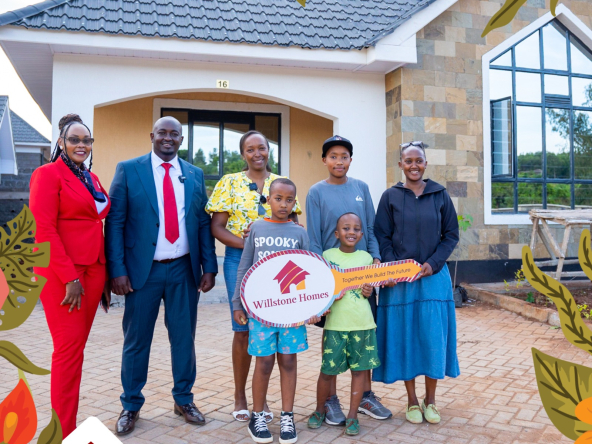Kenya’s housing debate often focuses on youth and affordable housing, but another demographic is quietly reshaping demand: an aging population. With life expectancy rising from 49 years in 1990 to 66 years in 2025 (World Bank), the number of Kenyans over 60 is projected to hit 6 million by 2050.
This shift is raising an important question: is the real estate market ready to provide senior living estates in Kenya that cater to accessibility, safety, healthcare, and community support?
Why Senior Living Matters Now
- Demographic Pressure
- Kenya’s elderly population is growing faster than previously planned for.
- Urban migration often leaves aging parents in rural areas without support.
- Changing Family Structures
- Traditional multi-generational households are giving way to nuclear families, leaving seniors with fewer in-home caregivers.
- Younger professionals in Nairobi are seeking dedicated, safe environments for their parents.
- Health & Longevity
- Longer lifespans mean more years of retirement, requiring better planning for housing, healthcare access, and social engagement.
Read Also: Climate-Resilient Housing in Nairobi: How Floods & Heat Are Forcing a Rethink
What Senior Living Estates Could Offer

- Accessibility: Step-free housing, ramps, elevators, wider doorways, anti-slip flooring.
- Safety: Emergency response systems, secure perimeters, on-site medical staff.
- Social Support: Communal spaces, wellness programs, and recreational facilities.
- Integration: Proximity to hospitals, shopping centers, and transport hubs.
Chart idea: A pie chart showing what seniors rank highest in housing needs (safety, healthcare access, affordability, social connection).
Are Developers Ready?
Currently, Kenya’s real estate sector is youth-centric — student hostels, young professional apartments, affordable housing schemes. Very few estates specifically target seniors.
- Nairobi pilot projects: A handful of developers have experimented with gated communities near hospitals (e.g., Kiambu Road, Karen).
- Missed opportunity: With an aging middle class, demand is emerging but largely unmet.
- Regional lesson: South Africa’s retirement villages and India’s senior gated communities show strong uptake when designed right.
Policy and Investment Gap
- Policy: Kenya lacks a dedicated housing policy for elderly care.
- Financing: Mortgages and pension withdrawals aren’t tailored for retirees.
- Healthcare integration: Senior living estates need medical partnerships (clinics, telemedicine).
Case Study Angle:
- South Africa: Retirement villages with tiered care (independent → assisted living → nursing care).
- India: Senior gated estates linked with hospitals.
These could inspire Kenyan models in Nairobi suburbs or satellite towns.
Read Also: Kenya’s Digital Divide in Housing: Smart Homes for the Wealthy, Exclusion for the Poor
The Way Forward

To unlock senior living estates in Kenya, policymakers and developers must:
- Incentivize real estate geared toward the elderly.
- Integrate healthcare into housing projects.
- Promote pension-backed financing schemes for retirees.
- Encourage partnerships between developers and social services.
Kenya’s aging population is no longer a distant concern — it’s a current market reality. By preparing now, Nairobi and its satellite towns can pioneer retirement-friendly housing that is accessible, safe, and socially enriching.
If ignored, the country risks leaving millions of seniors without adequate housing options. If embraced, senior living estates in Kenya could become a new frontier in real estate, combining social impact with strong investment potential.




